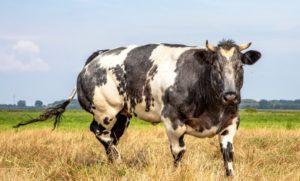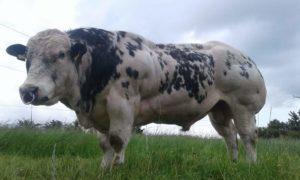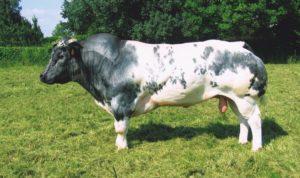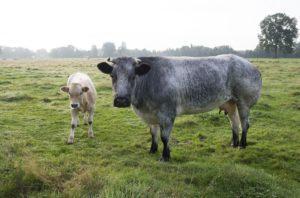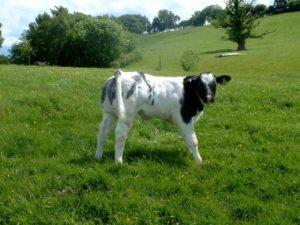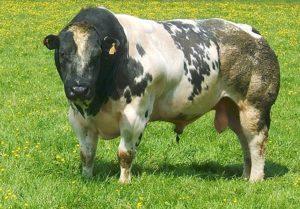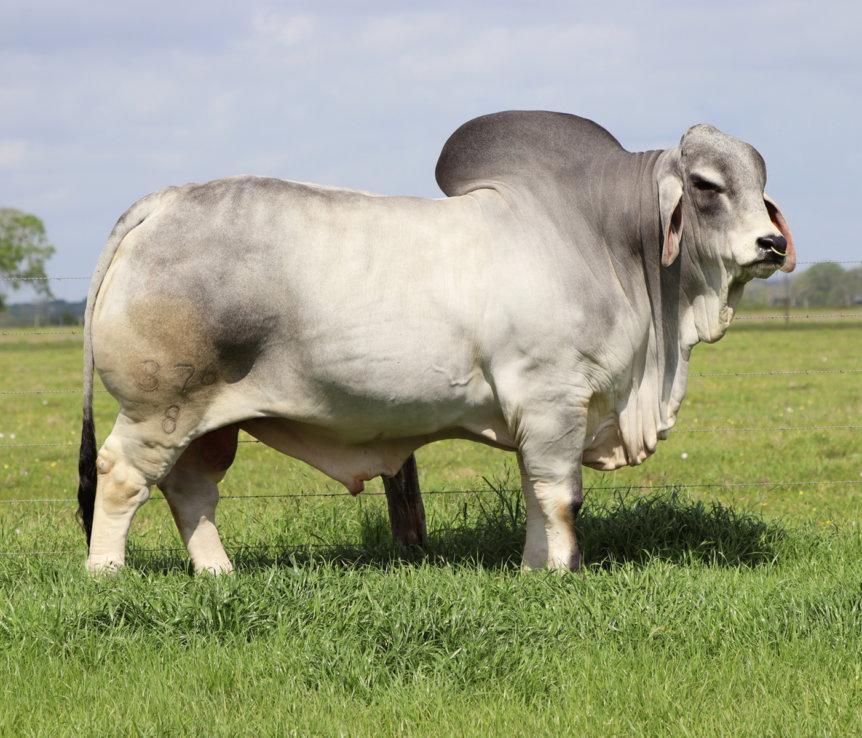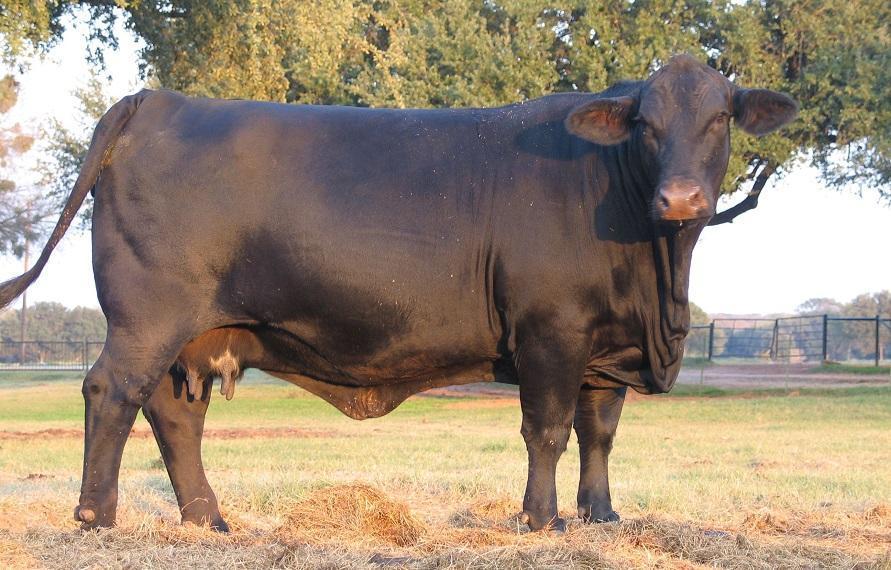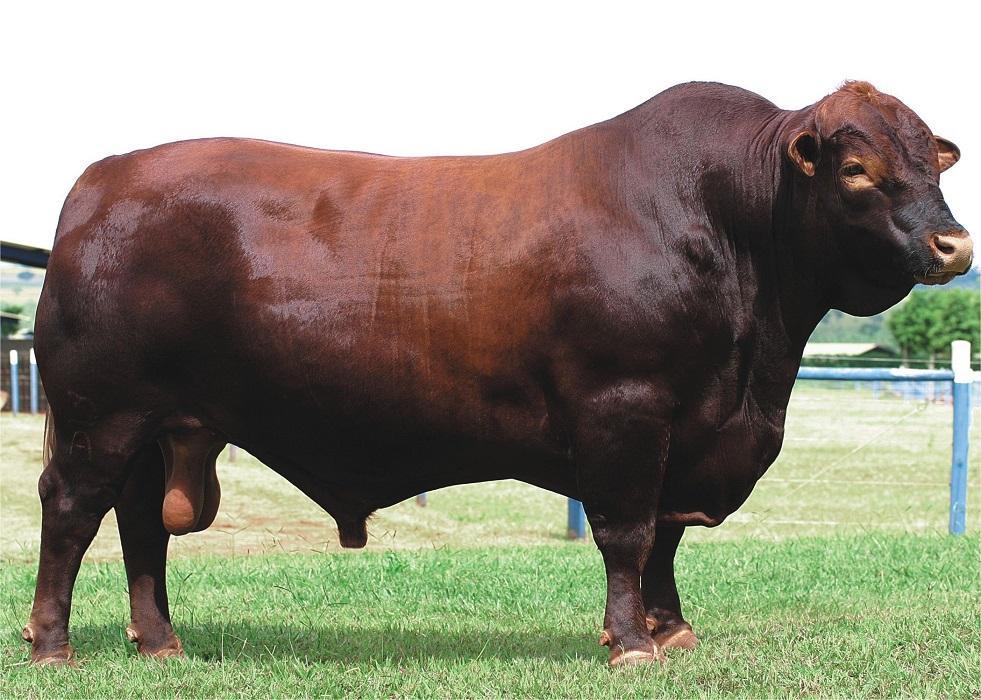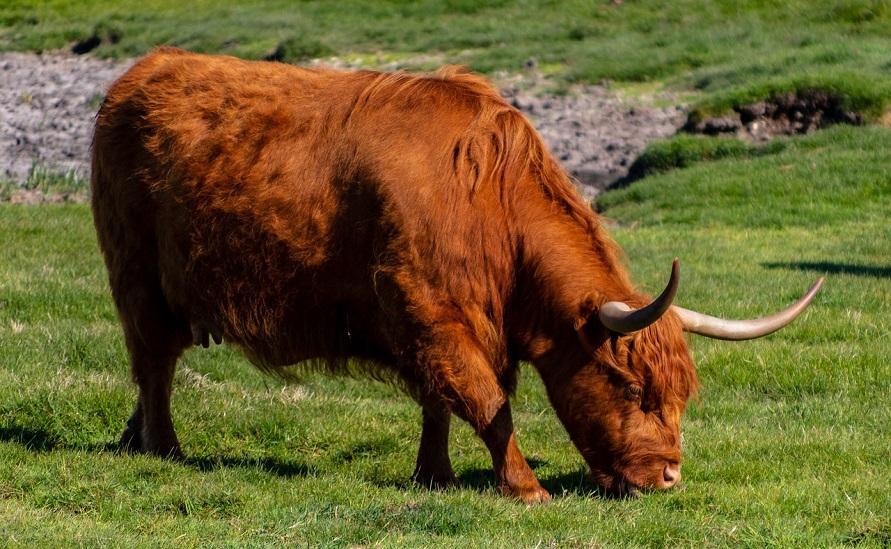Belgian Blue Cattle
The Belgian Blue cattle were developed via selective breeding. As its name suggests, it originated in Belgium, when farmers successfully isolated a genetic trait that led to increased muscle fibers. However, despite their massive build, they are small-boned and thin-skinned. Due to their increased muscle, they also have a unique way of walking.
| Also Known As | Race de la Moyenne et Haute Belgique, Dikbil, Belgian Blue-White, Belgian White, Blue Pied, Belgian White Blue, Blue, and Blue Belgian |
| Physical Characteristics | Very muscular and lean due to an increased number of muscular fibers |
| Temperament/Personality | Docile |
| Coat Color | Usually black to white, though upon close inspection it would appear that the darker portions are bluish grey. |
| Size | Large |
| Weight | Male: 1100-1250 kg Female: 850-900 kg |
| Height | 145-150 cm |
| Uses | Beef, dairy |
| Diet | Protein-rich foods |
| Lactation Period | 50-200 days |
| Gestation Period | 281-283 days |
| Lifespan | 20 years |
| Climate Tolerance | Medium |
| Price | $360 to $2000 |
| Country of Origin | Belgium |
| Standard and Qualification Information | The International Association of Belgian Blue Cattle Breeders (BBI) |
History and Development
The origin of the Belgian blue cattle was traced to central and upper regions of Belgium in the 19th century developed by breeding local cattle with Shorthorn cattle from the UK and Charolais cattle as well.
Initially, the Belgian blue cattle were first used as a dual-purpose breed. In the 1950s, Professor Hanset, while working at an artificial insemination center in Liège Province, developed the modern breed primarily reared for its beef. He maintained the breed’s characteristic gene mutation by linebreeding until it became a common trait.
In 1978, Nick Tutt, a farmer from central Canada, immigrated to West Texas and introduced the Belgian Blue cattle to the United States by showing the breed to the universities around that region.
Milk Production
The cows produce about 3900 litres of milk per lactation. Their milk is average, containing 3.48 % fat and 3.23 % protein.
Meat Production
The Belgian Blue cattle are known for their lean meat, which is a result of its mutated myostatin gene. They gain weight well and can have 40% or more additional edible muscle mass.
Interesting Facts
- Due to their massive bulk, these cattle suffer while birthing. It is quite common for breeders to arrange for a C-section to ensure safe deliveries so that both the cow and her young survive the process.

